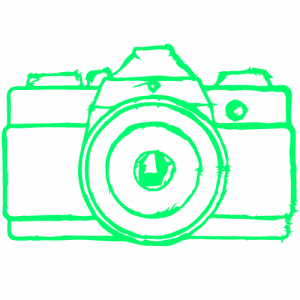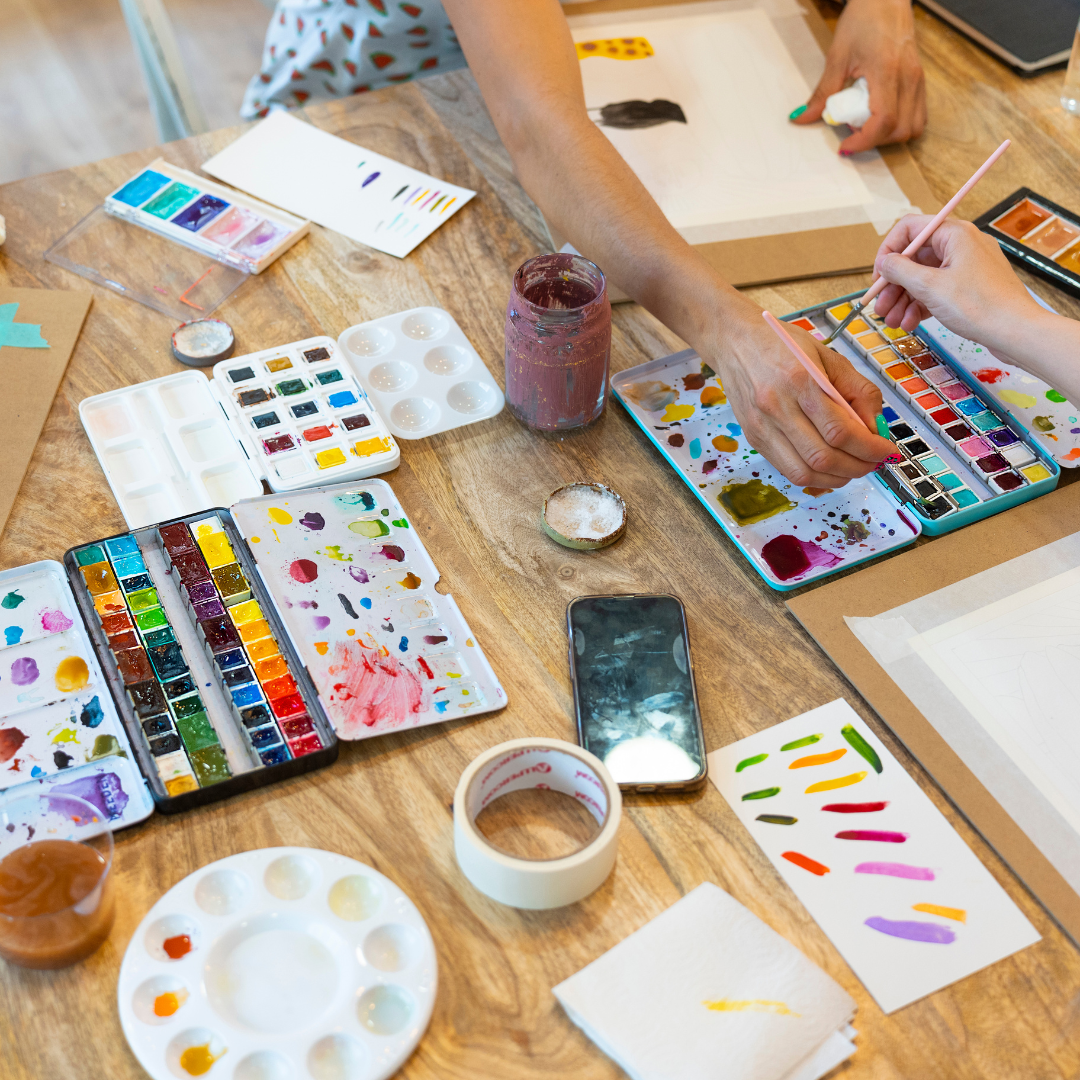Exploring art techniques can be an exciting journey for beginners, offering an opportunity to express creativity and develop new skills. Starting with fundamental techniques such as sketching, color mixing, and basic composition can significantly enhance a novice artist’s confidence and ability. These foundational skills unlock the potential for more complex artwork as they progress.
Art tutorials serve as valuable resources, guiding beginners through specific techniques step-by-step. They cover a wide range of mediums, including drawing, painting, and digital art. By following these tutorials, beginners can practice and refine their skills, making art more accessible and enjoyable.
As they embark on this artistic adventure, beginners will discover the importance of patience and practice. Each technique learned adds another tool to their creative toolbox, paving the way for personal expression and artistic growth.
Getting Started with Materials
Selecting the right materials sets the foundation for any artistic journey. Understanding the supplies available, the types of paper or canvas needed, and creating an efficient workspace are essential steps for beginners.
Choosing the Right Supplies
Beginners should focus on essential supplies that enhance their creative experience. Basic items include graphite pencils for sketching, colored pencils for adding color, and acrylic paints for vibrant artwork.
A suggested starter kit could include:
- Graphite Pencils: For sketching, choose a range from HB to 6B to facilitate various shading techniques.
- Colored Pencils: Select high-quality colored pencils for better blending and layering.
- Acrylic Paints: Start with a basic set of primary colors to mix and create a wide palette.
Investing in quality materials can significantly impact the learning process.
Understanding Paper and Canvases
The choice of paper and canvas affects the final outcome of the artwork. For pencil sketches, a heavier-weight sketch paper is ideal.
Types of Paper:
- Sketch Paper: Lightweight, suitable for practice and rough drafts.
- Watercolor Paper: Textured and absorbent, essential for watercolor painting.
- Canvas: Provides a sturdy surface, available in various sizes. Stretched canvas is suitable for acrylic and oil painting.
Selecting the appropriate surface helps maintain the integrity of the chosen medium while allowing for different artistic techniques.
Setting Up Your Workspace
An organized workspace contributes to a productive artistic process. Dedicate a comfortable area with good lighting and sufficient room for all supplies.
Key elements to consider include:
- Table: A sturdy, spacious table that can accommodate larger canvases or multiple sheets of paper.
- Storage: Use containers or drawers to keep materials organized, making it easy to find them when needed.
- Lighting: Natural light is ideal. If unavailable, ensure to use adjustable task lighting to minimize shadows.
Creating an inviting workspace encourages creativity and reduces distractions during painting or drawing sessions.
Fundamental Techniques
Understanding fundamental techniques is essential for anyone beginning their artistic journey. These foundational skills enhance a variety of artistic endeavors and provide a strong platform for skill development.
Basics of Drawing and Sketching
Drawing serves as the cornerstone of many art forms. Beginners should start with simple shapes, practicing lines, curves, and forms to develop hand-eye coordination.
Utilizing various tools such as pencils, charcoal, or ink can yield different effects. Experimenting with shading techniques helps to create depth.
Incorporating principles of perspective helps in rendering three-dimensional scenes on a two-dimensional surface. Practicing subjects like still lifes and portraits fosters observational skills essential in sketching.
Introduction to Painting and Blending
Painting involves applying color to a surface, usually canvas or paper. Beginners often start with acrylics or watercolors because of their versatility and ease of use.
Blending is a skill that enhances the smooth transition between colors. Techniques like wet-on-wet, dry brushing, and glazing allow artists to create soft gradients.
Experimentation with brushes of various shapes and sizes can aid in achieving diverse textures. Learning to control paint consistency through dilution or mixing mediums can improve the overall outcome of a piece.
Color Theory and Mixing
Color theory is crucial for understanding how colors interact. Familiarity with the color wheel enables artists to identify primary, secondary, and tertiary colors, helping to create harmonious palettes.
Mixing colors involves combining pigments to create new shades. Beginners should practice mixing paints on a palette to see how colors blend.
Understanding complementary colors can enhance visual interest. Using colors that contrast allows for vibrant compositions. Warm and cool colors each evoke different emotions and set varying moods in the artwork.
Advanced Art Practices
In advanced art practices, artists refine their skills through careful study of techniques and concepts. Mastering shading, exploring composition, and experimenting with textures can significantly enhance their work.
Mastering Shading and Light
Shading is crucial for creating depth and realism. Techniques such as hatching, cross-hatching, and stippling enable artists to manipulate light and shadow effectively.
- Value: Understanding the scale of light and dark helps convey form. Artists should practice using a range of values to add dimension to their drawings.
- Blending: Tools like tortillons or blending stumps can create smooth transitions in shading. This technique is vital for rendering skin tones and natural objects.
Through consistent practice, they can create lifelike images that capture the essence of their subjects.
Exploring Composition and Perspective
Composition defines how elements are arranged within the frame. A well-composed piece draws the viewer’s eye through the artwork.
- Rule of Thirds: Dividing the canvas into thirds helps create balanced compositions. Placing focal points at intersection points can guide the viewer’s eye effectively.
- Perspective Drawing: Learning one-point, two-point, and three-point perspectives allows artists to create the illusion of depth. This is essential for realistic portrayals of space and architecture.
By mastering these elements, artists can elevate their work from simple illustrations to dynamic visual narratives.
Experimenting with Textures and Techniques
Textures add richness and interest to artwork. Various methods can be used to simulate surfaces such as skin, fabric, or nature.
- Scumbling: This technique involves using a dry brush to create a rough texture. It adds an interesting layer when applied lightly over other colors.
- Mixed Media: Incorporating different materials, like ink, pastels, or collages, can enhance texture and visual impact. Artists should explore combining media to create unique effects.
Experimentation is key to finding personal style and voice in art. Engaging with diverse techniques broadens an artist’s range and enhances their creative expression.
Delving Into Different Mediums
Exploring various art mediums is essential for beginners. Each medium offers unique characteristics and techniques, enabling artists to express their creativity in different ways.
Working with Watercolors and Acrylics
Watercolors are known for their transparency and fluidity. They require watercolor paper which can absorb water without warping. Beginners should start with simple landscapes or abstract compositions.
Acrylics, in contrast, are versatile and fast-drying, suitable for both thick applications and glazing techniques. They can mimic the effects of oils or watercolors depending on the amount of water used.
Essential Supplies:
- Watercolor paints
- Acrylic paints
- Paintbrushes
- Watercolor paper
- Canvas or acrylic paper
- Paper towels for cleaning brushes
Techniques in Oil Painting and Solvent Use
Oil painting is celebrated for its rich textures and vibrant colors. It allows for a variety of techniques like glazing and impasto, enabling depth in artworks.
Using solvents, such as turpentine, is essential for thinning paint and cleaning brushes. Beginners must be cautious, as solvents can have strong fumes. Proper ventilation is necessary.
Tips for Oil Painting:
- Use a palette knife for mixing colors.
- Experiment with layering for depth.
- Clean brushes immediately after use with the appropriate solvent.
Digital Art Basics
Digital art has become increasingly popular, offering artists limitless possibilities. Software like Adobe Photoshop or Procreate allows for a range of techniques from drawing to painting digitally.
Beginners should familiarize themselves with basic tools like layers, brushes, and color palettes. Tablet compatibility enhances the drawing experience.
Starting Tools:
- Graphics tablet
- Digital art software
- High-resolution reference images
- Stylus for precision
Understanding the distinct qualities of each medium helps beginners make informed choices, leading to artistic growth



